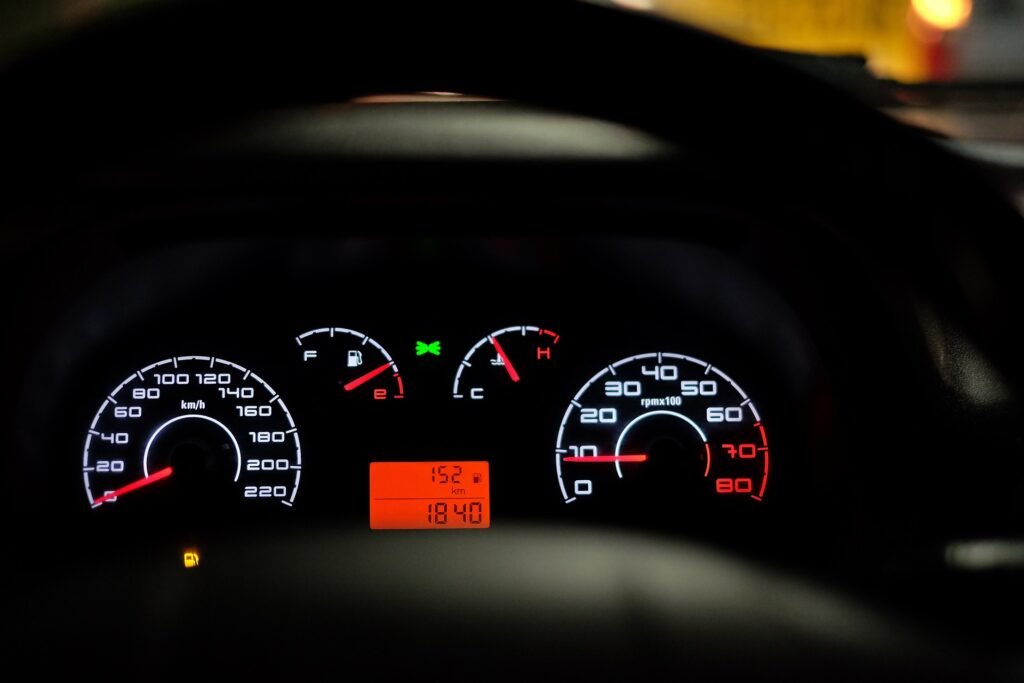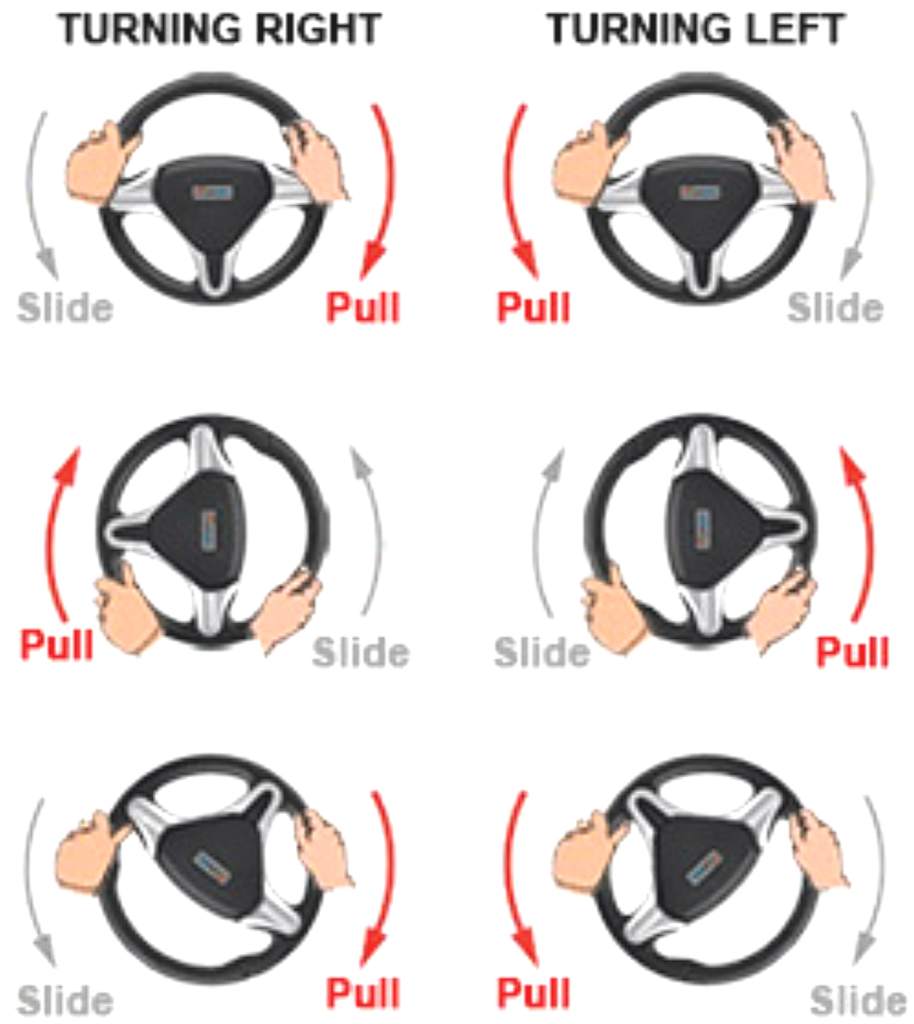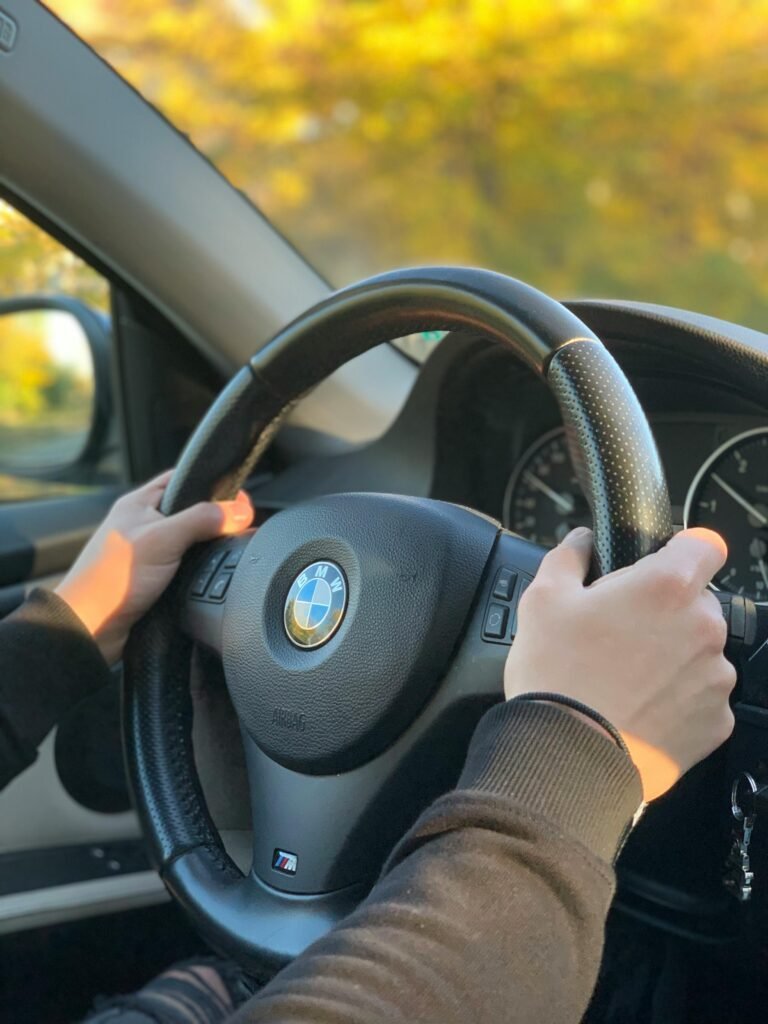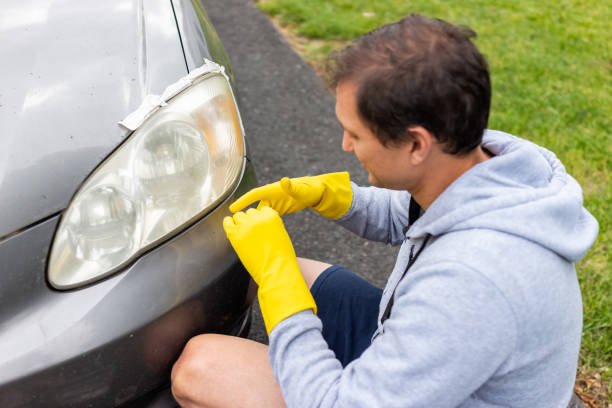Forget These 5 Driving Myths and Drive Smarter
Let’s be real—when it comes to driving advice, there’s a lot of outdated stuff floating around. You know, like your grandpa telling you to warm up the car for 10 minutes or people acting like you’ll explode your engine by using engine braking.
Today’s modern cars do not follow those guidelines. Let’s dispel five antiquated driving tips you may gladly disregard if you’re prepared to put the misconceptions aside and focus on what really counts.
Five Outdated Pieces of Driving Advice You Can Ignore.
Engine Warm Up
First, we’ve got to talk about warming up the car—or rather, the myth that you need to. Warming up the car is quite an old-school thing to do.
It used to be a big deal when we had carbureted engines and a choke, and engines wouldn’t run right until they were warmed up. Modern engines don’t have this problem. They adjust the fueling and everything else, so as soon as you press the button, you can drive off—no drama.

What you need to be careful of is the water temperature and the oil temperature. Until these two are up to temperature, you don’t want to be pushing the car hard, getting into boost, or using a lot of throttle.
The first thing that warms up is the water temperature, or coolant temperature. This will come up very quickly, and a lot of people think that once it’s in the middle, they’re safe to drive aggressively.
But you’re not. It might look halfway, but the important temperature to watch is the oil temperature.
Not all cars will show you oil temperature; even in my car, you have to be in sport mode to see it. But it’s this bar here, and it normally sits just over halfway on that gauge. Only when the oil is up to temperature are you truly safe to push the car. When my coolant is at halfway, the oil is nowhere near ready.
If you don’t have an oil temp gauge, wait until the coolant warms up, then drive for another 5-10 minutes, maybe 15, and then you’re probably good to start using the car’s performance.
One nice thing to do is let the cold start come down to idle.
You’ll notice that when modern cars first fire up, the idle is quite high, and over the next 10 to 30 seconds (depending on the car), the idle will settle back, usually just below 1,000 RPM. It’s good for the car if you allow it to settle before driving off.
If you pull away before this idle settles, the engine may feel a bit jerky, and it won’t be a smooth start. What’s happening is that the engine is partially opening the throttle for you, so you don’t have the control you normally would.
But you’re absolutely fine to drive gently as soon as you press the button or turn the key.
Engine Braking
Another outdated piece of advice that frankly scares me is when people say you should avoid engine braking.
The common reason they give is, “Brakes are cheaper to replace than a clutch or an engine” and other similar rubbish. Ignore these people. If you engine brake correctly, you’re not going to damage anything, and it’s one of the best ways to get good fuel economy.
Engine braking is a game-changer.
When I see red lights up ahead, I’ve already lifted off the accelerator. All the way up to the lights, I’m using zero fuel—it’s essentially free.
And look, the lights have turned green! I still haven’t touched the brakes, and now I can keep my speed, accelerating only from 20 to 40 mph instead of starting from zero. This makes a huge difference to your fuel economy if you use it correctly.
If you accelerate up to the traffic light, stop completely, and then accelerate all the way back up to speed, you’re wasting fuel.
So if you’re trying to drive gently and efficiently, make sure to use engine braking.
Steering Wheel Shuffling
This is another outdated driving habit. Some people insist that “feeding” the steering wheel with two hands is the only way you should drive.
This advice comes from an old-school mindset that you must always have two hands on the wheel. Ignore this. It’s unnecessary, awkward, and doesn’t give you the best control.

If you use the push-and-pull steering method or sometimes it’s call hand-over-hand method , it’s absolutely fine. It feels more natural, gives you better control, and is simply more comfortable.
Look at how awkward “shuffling” feels—it’s just more natural to go hand-over-hand. In modern cars with quick steering racks, you often don’t need more than one hand on the wheel. For slow maneuvers, like parking, going hand-over-hand feels smoother and gives you more control.
You don’t need to shuffle the wheel like you’re a grandma from the 1980s; just drive normally, and you’ll be fine.
Cruise Control
People who say you shouldn’t use cruise control absolutely blow my mind. Cruise control is one of the best features in modern cars.
Make sure you use it, especially on the motorway. Some people claim they can beat the fuel economy of cruise control, but unless you’re neurotic about driving at 56 mph (the sweet spot for fuel economy), cruise control will do a better job for 99.9% of people.

Cruise control reduces fatigue, making your drive a bit easier and more comfortable.
It allows you to focus on the important things, like what’s happening around you—who’s behind, who’s to the side—giving you more spatial awareness since you’re not constantly managing your speed.
I do a lot of motorway driving, and my car averages 29.6 mpg over the last 9,500 miles, including a track day and countless hours of spirited driving in a 300-horsepower car that isn’t exactly known for fuel economy.
The reason my average is nearly 30 mpg is because I use cruise control on longer journeys.
Proper Thumb Placement
Keeping your thumbs outside the steering wheel is another outdated bit of advice. This advice comes from the days of manual steering when, if you had an accident, the steering wheel could turn violently and potentially injure your thumbs if they were inside the wheel.

But in modern cars, an electric motor or hydraulic system usually drives the steering, and neither has the power to break your thumbs.
Having your thumbs inside the steering wheel gives you a better grip when you’re holding it at the 9 and 3 position.
If your hands are outside the wheel, you have less control. Placing your thumbs inside instantly makes you feel more connected to the car.
You don’t need a firm grip—just a delicate hold with thumbs wrapped inside the wheel gives you better control. Some people like the 10 and 2 position, which also involves using your thumbs. With a little less traffic around, I put my thumbs inside and wrap my hands around the wheel.
It provides a lot more control over the steering. Just don’t be reckless, like me in the middle of town with lots of traffic!
Look, cars today are pretty smart. We don’t need to baby them like the cars of yesteryear.
So, keep using that cruise control, don’t be afraid to engine brake, and let your thumbs live a little.
Next time someone tries to tell you to ‘feed’ the steering wheel or avoid cruise control, you’ll have the facts to back you up. Just remember—some advice belongs right where it came from: in the past!


